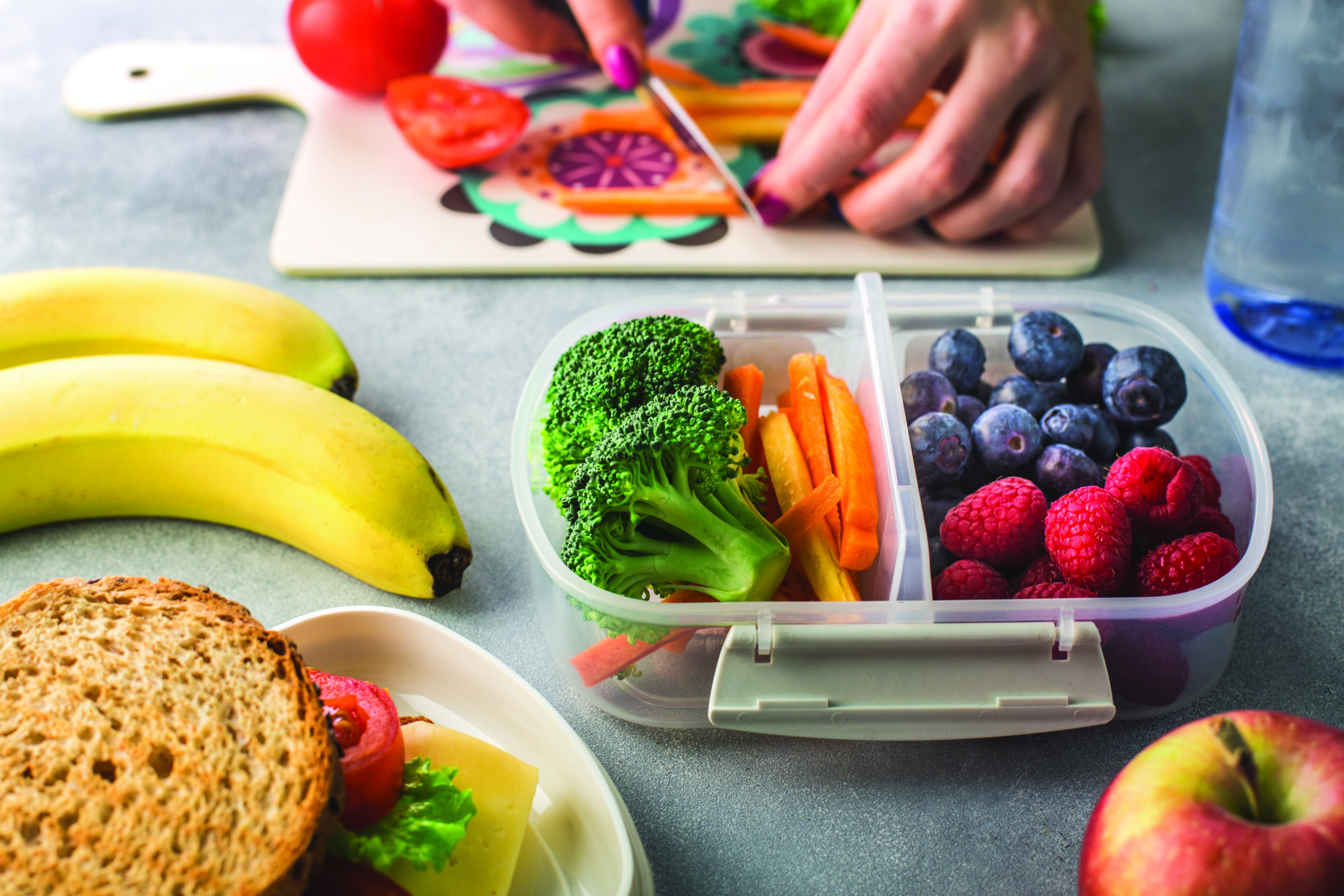by Brandy Abalos
Is your child a picky eater? Do they avoid veggies and wrinkle their nose at meatloaf? If so, you might be concerned that they aren’t getting the nutrients they need. While most children are able to get all of the vitamins and minerals they need to grow from their diets, there are some things you can do to incorporate more healthy ingredients into their foods.
Don’t Push Your Child to Eat Too Much
If your child tells you they’re full, respect that they don’t need to eat more food. Children have very small stomachs about the size of their fists. You might think that a plate full is appropriate for a growing boy or girl, but snacking may actually fill them up and give them sustained energy. Health professionals recommend that adults eat five to six small meals a day instead of two or three big ones. This applies to children also. Let your child establish how much they eat in one sitting.
Provide Food at Regular Intervals
Children should eat every few hours to maintain stable glucose levels and have sustained energy to function. If your child wakes up at 7:00 a.m. and goes to bed at 8:00 p.m., then you can easily fit five or six small meals and snacks into that time period. Offer them food every two to three hours, or if they complain of hunger. If they have an extremely active period, you might want to calm them down with water and an additional snack as well.
Stick to Regular Times for Meals and Snacks
Children thrive on routine. The same goes for eating periods. If they know when their next meal or snack time will be, they will be more likely to be ready for it. While milk and juice can be offered during meal and snack times, water should be available throughout the day.
 Consult Your Child to Find Out What They Like
Consult Your Child to Find Out What They Like
If your child refuses to eat certain foods, you might be able to gain some insight about what they like from them. Ask them what they like. Make a deal to fix things you know they like on certain days if they will try something new on other days. Children often simply want to be heard, and your consideration of their likes and dislikes will be appreciated.
Have Your Child Help You Prepare Meals and Snacks
Even young children can lend a helping hand in the kitchen. Your children will appreciate being part of the action, whether you have your two-year-old sorting cheerios or your ten-year-old chopping carrots. Children are more likely to try new foods that they had a hand in preparing. They will have a sense of ownership and pride in how the meal or snack turned out, thereby encouraging them to eat it.
Integrate Healthy Foods Into Favorites
There are many ways you can integrate vegetables, lean meats and other healthy foods into your child’s favorite foods. If your child loves spaghetti, you can find a vegetable pasta sauce that includes things like mushrooms and zucchini along with tomatoes. There are even vegetable noodles that are very similar to regular pasta. Casseroles like macaroni and cheese are great vehicles for added vegetables and lean meats. Your child is more likely to try something new if it is presented along with something they’re familiar with.
Present New Foods Multiple Times
If your child refuses to try something new or healthy, don’t give up. They might be afraid or anxious about a new situation. Minor issues like this can be a big deal for little ones who want to be in control of things. When presented with new foods on multiple occasions, your child may become more comfortable with seeing the items.
Offer Foods, Don’t Force or Pressure
While it can be tempting to threaten your child with a consequence for not eating their peas, it will likely have a negative effect on how they see the vegetable overall. Instead, offer the food in a family-style setting and show your child how much you enjoy it. Encourage other family members to be enthusiastic about healthy foods as well. If your child still refuses to eat the food, move on and let them try another time.
Be Creative With Healthy Foods
Healthy foods like broccoli and spinach can be intimidating at first glance. Your picky eater may refuse them outright. Instead of presenting them in raw form, get creative. Give your child ants on a log with peanut butter and raisins on celery. Introduce black olives in the shape of a smiley face on pizza. Cucumbers can be dipped in ranch and sprinkled with seasoning to add pizzaz. Even whole wheat toast can turn into glitter toast with a small dash of cinnamon and sugar or colored sugar. Your creativity will pay off when your child gets excited about something new.
Minimize Distractions When It’s Time to Eat
Picky eaters get distracted easily. They don’t want to be sitting at a table, and they don’t want to try something new. Instead, they want to talk and watch TV. Keep electronics away from the table and reduce the amount of talking you allow at the table. While conversation about your day can be good, don’t let it become a fight about how much or what your child will eat.
Picky Children Often Become Well Rounded Adults
Although you might be worried about the kinds of foods your child will eat, rest assured things will change. Your child will grow out of many negative childhood habits and be encouraged to eat different foods as they meet new people.








Leave A Comment